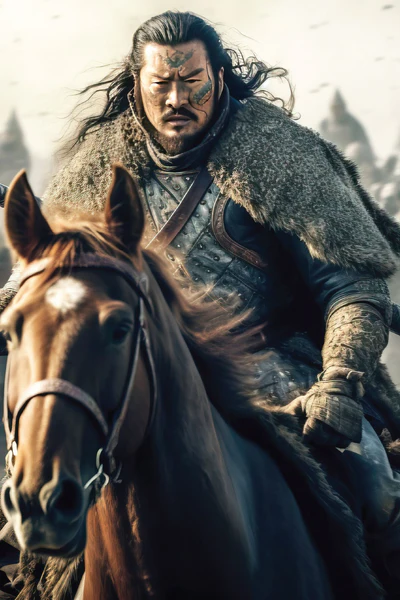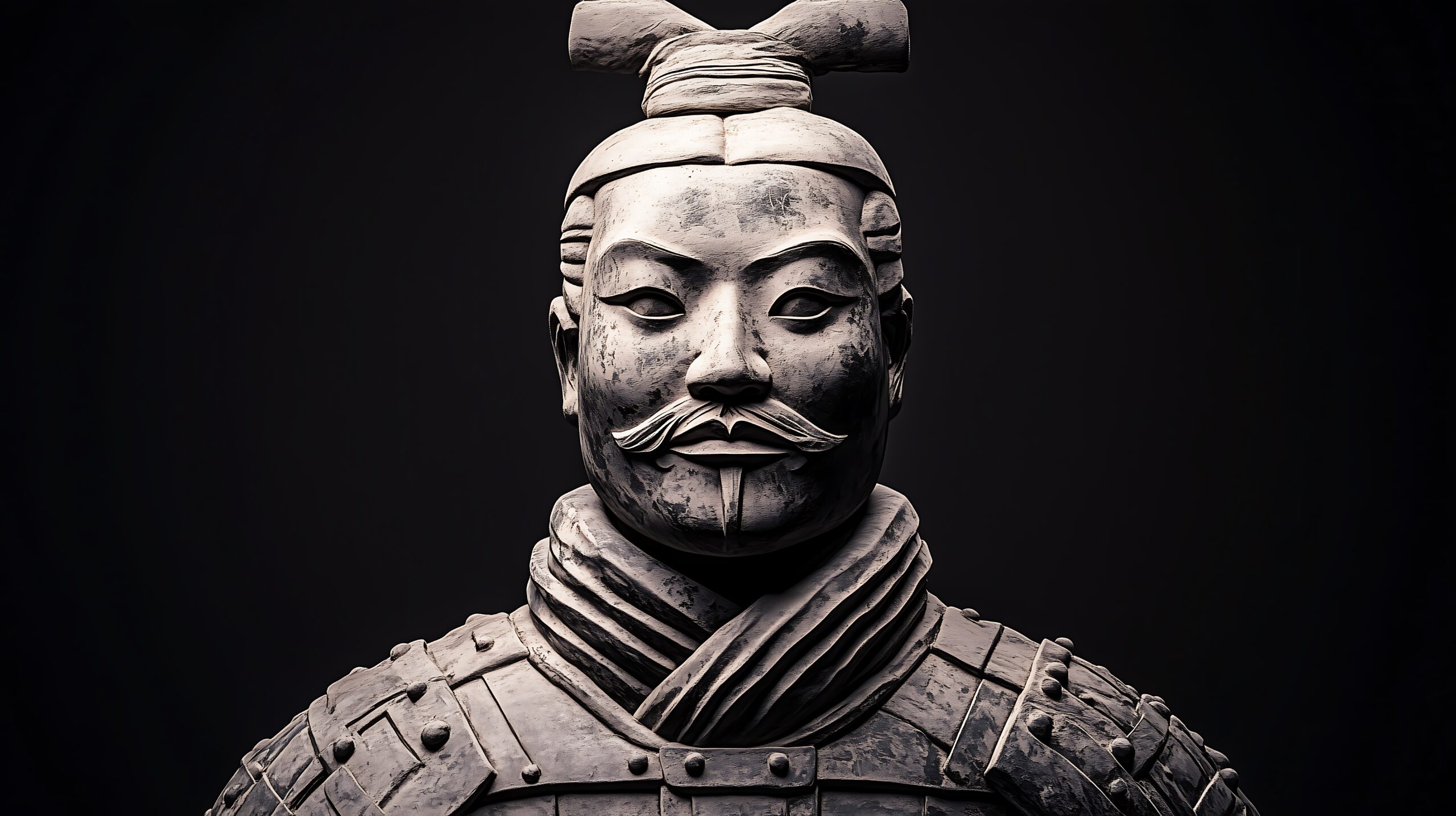Table of Contents
ToggleThe enlightened ruler lays his plans well ahead; the good general cultivates his resources."
Sun Tzu: The Art Of War (12.16 - The Nine Situations)
Introduction
He was born around 1162. His name Temüjin (meaning “Iron” or “Blacksmith”), the son of a chief within a nomadic tribe in Mongolia. At age 9, his father took him on a trip to select a girl as his future wife. But on their journey, they were betrayed by a rival faction, and his father was killed by poisoning. And for the next 20 + years of his life, Temujin endured much hardship, humiliation, and betrayal, as his own tribe abandoned him, leaving him as an orphan in the Monogolian steppe.
Table of Contents
From Bondage to Empire: The Ruthless Education of Temüjin
And within that time period, Temüjin repeatedly escaped bondage (only to be recaptured several times), learned to hunt and forage to survive in the wild, and trained himself to fight and to kill. And gradually Temüjin became stronger, becoming a brutal and ruthless warrior who rarely ever left a score unsettled by death. And eventually, Temüjin even rescued his wife.

"If You Had Not Committed Great Sins, God Would Not Have Sent A Punishment Like Me Upon You."
Temüjin (aka Genghis Khan)
-
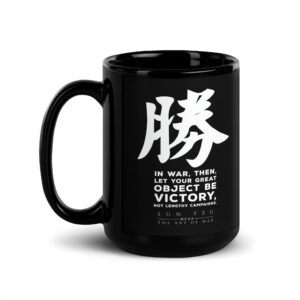
Black Glossy Mug – Let Your Great Object Be Victory
$16.99 – $19.99Price range: $16.99 through $19.99 Select options This product has multiple variants. The options may be chosen on the product page -

Black Glossy Mug
$16.99 – $19.99Price range: $16.99 through $19.99 Select options This product has multiple variants. The options may be chosen on the product page -
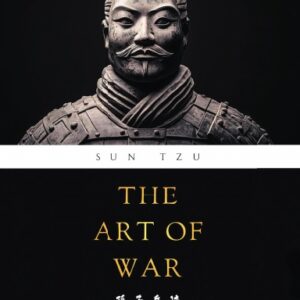
The Art of War
$11.25 Add to cart -
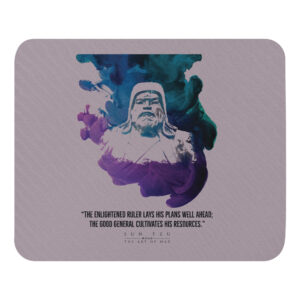
Mouse pad
$12.00 Add to cart
The Great Unifier: Temüjin’s Rise from Exile to Empire
